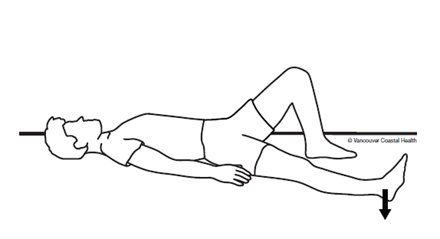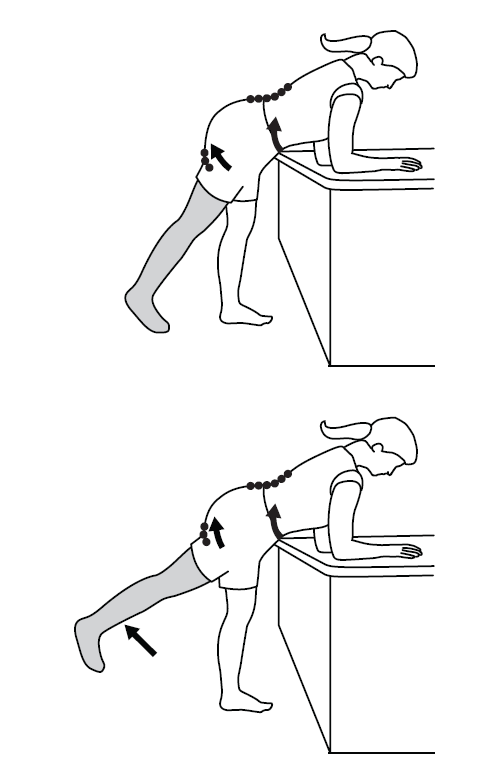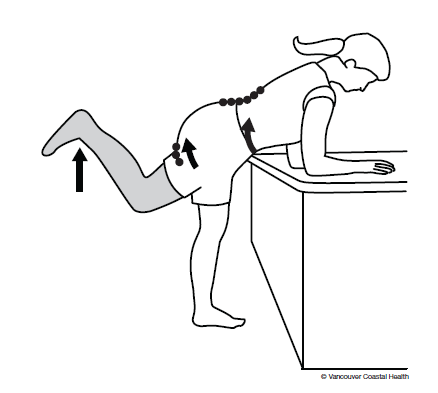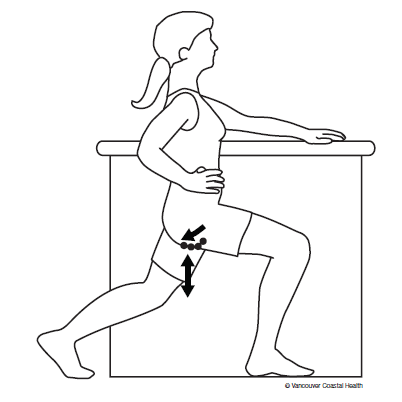If you damage your hip in an accident, you can have the hip repaired through a surgical process known as hip replacement. It involves the removal of the damaged sections which are replaced with metal and hard plastic. This helps reduce pain and improve function. After surgery, you will be required to stay active to prevent blood clots from forming in your veins. You will also have to exercise to heal your joints properly. Exercise after hip replacement can be a daunting task. Below are some tips to make the process easier.
Physical Therapy After Hip Replacement: Stages and Moves
Exercises after hip replacement should be performed under the instruction of your physical therapist in a physical therapy plan. Below are the general stages and exercises you might want to know.
Right After Surgery
You can do simple breathing exercises to prevent congestion in the lungs since your level of activity is reduced. You should also move your feet up and down to keep the blood circulating in the hip area. Moreover, it is important to learn the correct posture for getting in and out of bed.
Week One to Six
You should focus on strengthening your hip muscles during this period of time. For endurance, you can take up upper body cycling or stationary biking. To improve mobility, you can do the sit-to-stand exercises. As you progress you can start walking backwards and on uneven surfaces to help with balance. Gradually, you can incorporate mini-squats, side-stepping and step-ups.
- Sample Exercise 1: Leg Slide Out
 With one leg bent, lie flat on your back.
With one leg bent, lie flat on your back.
Use your core muscles to keep the pelvis and back still.
Slide out the straight leg to the side heel first. The foot and knee cup should be pointing upwards.
Relax your core muscles and slide back the leg.
Do 6 to 8 reps, thrice a day.
- Sample Exercise 2: Straight Leg Lift
 Using a counter for support, stand and tilt face the counter top.
Using a counter for support, stand and tilt face the counter top.
You should have a small curve on your lower back.
Turn on your core muscles.
Stand on the non-operated leg and lift the operated one up and back. Do not twist your pelvis or hips.
Lower the leg while maintaining the curve in your lower back, using your core muscles.
Do this 8 to 15 times, thrice a week.
Week Seven to Twelve
In this phase, you will be more confident with your daily activities, such as sitting down and stepping forward. The focus is the improvement of strength, endurance, balance and speed. The following sample exercise is basically a continuation of the straight leg lift.
- Sample Exercise: Bent Leg Lift
 While keeping your leg up, bend and straighten your knee then lower it, then move the leg out to the side.
While keeping your leg up, bend and straighten your knee then lower it, then move the leg out to the side.
Return to start position and then lower the leg.
Week Twelve to Sixteen
This is the fourth phase of your exercise after hip replacement regimen.With your doctor’s permission, you can resume recreational sports activities. You can indulge in pushing, squatting and pulling. Gradually increase time and speed to improve endurance.
- Sample Exercise: Lunge
 Using a counter for support, step forward with one leg.
Using a counter for support, step forward with one leg.
Turn on buttock and core muscles.
Using the hip muscle, lower and lift your body up and down while bending at the knee.
Avoid leaning forward. Keep the weight of your body behind your front knee and foot.
Do this 8 to 15 times, thrice a week.
Check out more exercises after hip replacement below:
Low Impact Sports After Hip Replacement
It is generally safe to do low impact sports six months after the surgery. But it is always necessary to consult your doctor before doing any sports. Here are several recommendations.
Walking
 Exercise after hip replacement does not come better than walking. Doctors usually recommend that you walk short distances with the help of crutches, a walker or a cane until you can walk without an assistive device. Walking allows you to burn calories without straining your hip.
Exercise after hip replacement does not come better than walking. Doctors usually recommend that you walk short distances with the help of crutches, a walker or a cane until you can walk without an assistive device. Walking allows you to burn calories without straining your hip.
Cycling
 You can start off with a stationary bike before moving onto a standard one. Make sure to adjust the seat such that the bottoms of your feet touch the pedals with your knees almost straight.
You can start off with a stationary bike before moving onto a standard one. Make sure to adjust the seat such that the bottoms of your feet touch the pedals with your knees almost straight.
Swimming
 After 4 weeks, your wounds should have healed completely. You can then start swimming. Swimming helps recondition the muscles that support your new hip and burns calories at the same time.
After 4 weeks, your wounds should have healed completely. You can then start swimming. Swimming helps recondition the muscles that support your new hip and burns calories at the same time.
Other than the three above, there are plenty of other exercises that you can indulge in. Nevertheless, you should make sure to consult your doctor before taking up any new exercise routine. Precautions for Exercise After Hip Replacement
The following tips will help you take care of your new hip, but your doctor’s recommendations should take precedence over everything else.
1. Don’t bend your hip more than 90°
2. Don’t twist your hip
3. Don’t swivel your foot’s ball
4. Take small steps when turning around
5. Avoid sleeping on side after hip replacement in the early stages
6. Avoid crossing your legs over each other
7. Avoid turning your toes inward
8. Don’t do anything that makes you feel uncomfortable on the hip